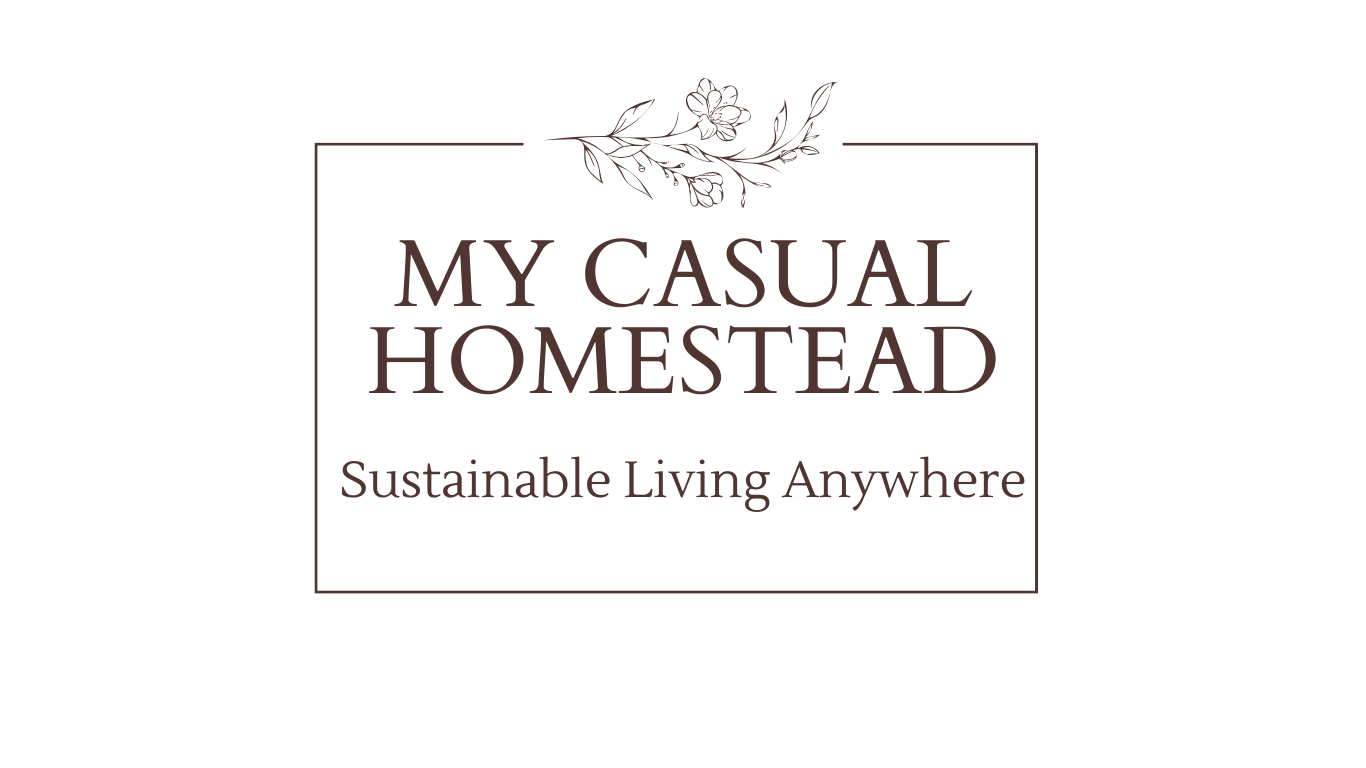Garlic (Allium sativum) is one of the oldest cultivated plants in the world and has been highly valued throughout the ages as a culinary spice. Garlic is a hardy perennial belonging to the amaryllis family (Amaryllidaceae); other members of this family include chives, onions, shallots and leeks, all distinguished by their pungent aroma and flavor. Garlic grows in many parts of the world and is a popular ingredient in cooking due to its strong smell and delicious taste. However, throughout ancient history, the main use of garlic has been for its healthful and medicinal properties such as an infection fighter, against viruses, bacteria, and fungi. It has been referred to as ‘Russian penicillin’ to denote its antibacterial properties and some skin conditions such as warts and insect bites may respond to garlic oil or crushed raw garlic. It is also an excellent source of vitamin B6 (pyridoxine), and a very good source of manganese, selenium, and vitamin C.
Choosing Garlic Varieties
There are three different types of garlic: Softneck, Hardneck, and Elephant Garlic. Most types mature at 180 days from planting to harvest. The best thing to do is choose what grows best to your climate and the narrow it down from there. With so many varieties available there are a flavor and variety for everyone.
- Softneck varieties, like their name, suggests, have necks that stay soft after harvest, and therefore are the types that you see attractively braided. Softnecks are adapted to a wider range of climates but far better in southern states because they are cold sensitive, they keep longer in storage (which is why supermarket garlic are almost always of this type), they tend to mature faster, and they’re generally more productive than hardnecks. The stems of softnecks are easier to braid, but the cloves are comparatively hard to peel. Strong garlic taste and long storage time make it a popular variety.
- Hardneck varieties grow the cloves in a circle around a central stem.They are extremely cold hardy and produce a vast variety of flavors and exceptionally large bulbs. Hardneck Garlic needs to have the garlic scapes (the curly seed head) removed. Garlic scapes are delicious sauteed with a little olive oil.
- Elephant Garlic is actually a variety of leek even though it resembles garlic. Unlike other garlic, elephant garlic does not have to be harvested or divided each year but can be ignored and left in the ground without much risk of rotting. The plant, if left alone, will spread into a clump with many flowering heads.
- Soft Neck Garlic
- Hard Neck Garlic
How to Plant Garlic
- Garlic is most often planted in the fall, close to the time where you plant flower bulbs. Plant in the fall and you’ll find that your bulbs are bigger and more flavorful.
- Plant 4-6 weeks before the first hard frost, you want the bulbs to have a chance to develop roots but not sprout before it freezes.
- If you live in a warm southern state, February or March is a better time to plant.
- Break apart each bulb of garlic, reserving the largest cloves for planting, larger the clove the larger the bulb will be when harvested.
- Garlic prefers well-drained soil with plenty of organic matter, and plenty of sunlight, least 8 hours of full sun a day.
- Place cloves 4 inches apart and 2 inches deep, plant each clove pointy side up.
- If you live in a northern climate the garden beds should be generously mulched with straw or leaves.
How to Grow Garlic
- In the spring the mulch layer should be removed to allow the garlic shoots to grow.
- As the garlic shoots continue to grow, they require regular watering.
- In hardneck varieties, during late spring, the garlic bulb will put off flower shoots called scapes, curly stems that should be removed so the plant can put its energy into forming larger bulbs, incidentally garlic scapes are wonderful cooked.
- When the first outer leaves start to turn brown stop watering. Your garlic is nearly ready to harvest. It is much harder to dry and cure garlic that has been over-watered towards the end of bulb development
- Garlic is ready for harvest when half of the leaves turn brown and begin to fall over, but make sure you harvest before all of the leaves are completely brown.
Harvesting and Storage
- To harvest, carefully lift the bulbs with a spade or garden fork. Pull the plants, carefully brush off as much soil as possible. I hang them on the garden fence for 48 hours if the weather is mild and allow the dirt to dry and fall off. I then hang them upside down in the dark for two weeks in a room off the barn.
- The bulbs are cured and ready for storage when the wrappers are dry and papery, and the cloves can be pulled apart easily.
- Once the garlic bulbs are dry, they are ready for storage. First, lightly rub off the very outside layer of paper skin leaving the rest intact, Then trim the roots and cut off the leaves leaving about an inch of stem.
- If you have grown softneck garlic you can braid the stems at this time but still remove the roots and the dirty outside paper layer. Hang somewhere that people can admire your harvest!
- Bulbs should be stored in a dark dry place with temperatures at about 60°F and moderate humidity.,
- Kept in optimal conditions garlic should store for 6 months or more.








